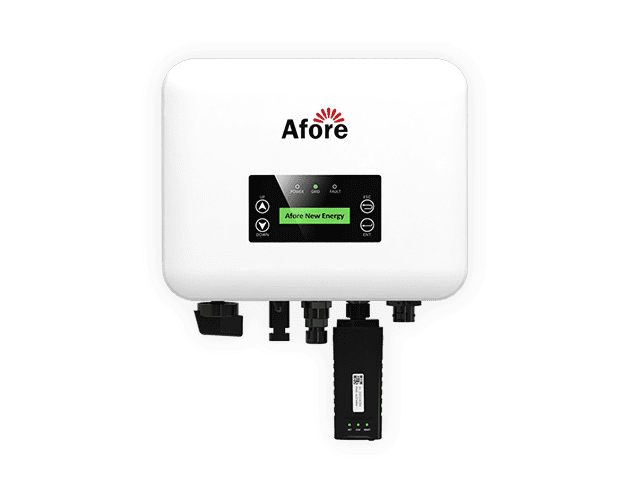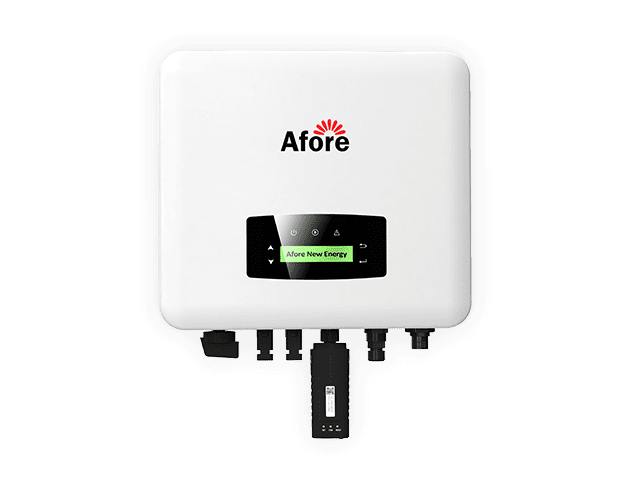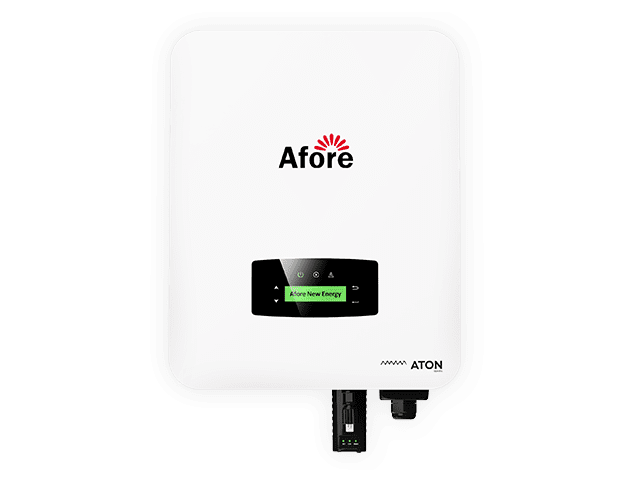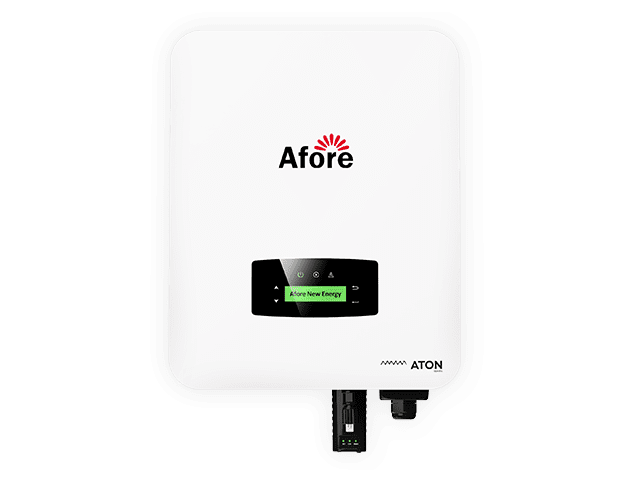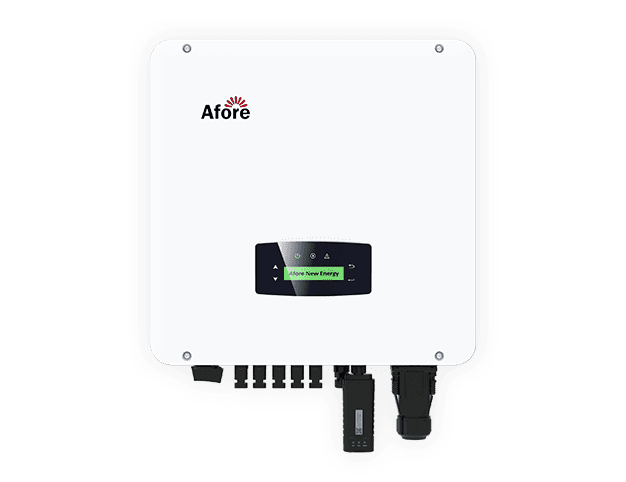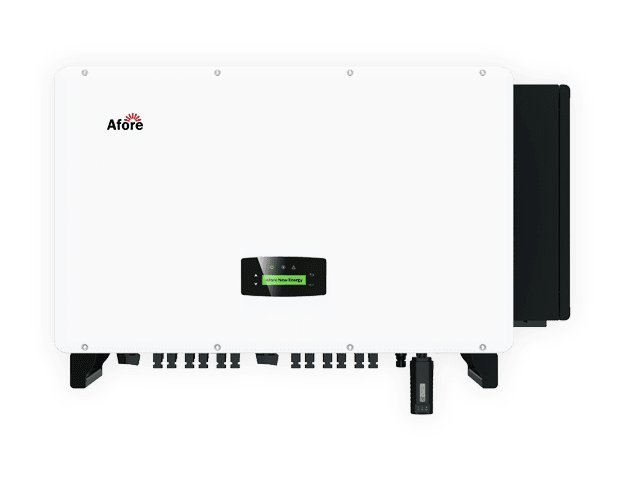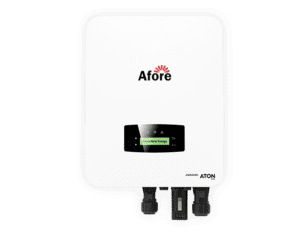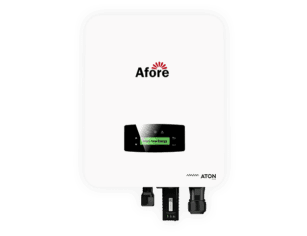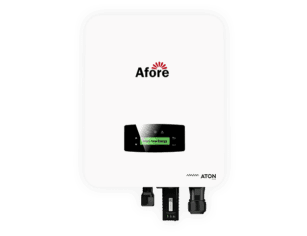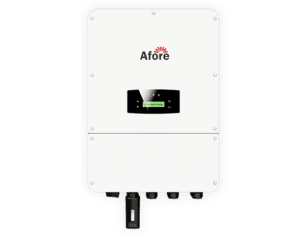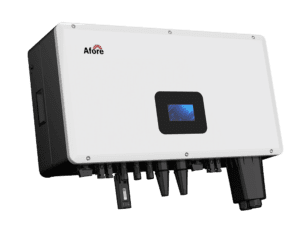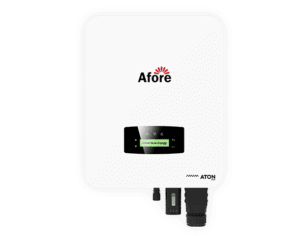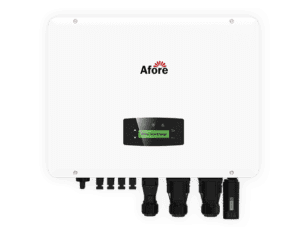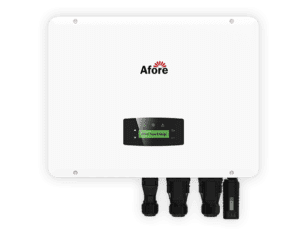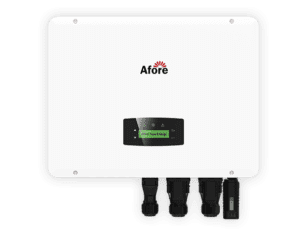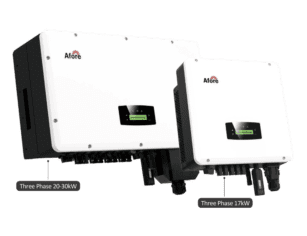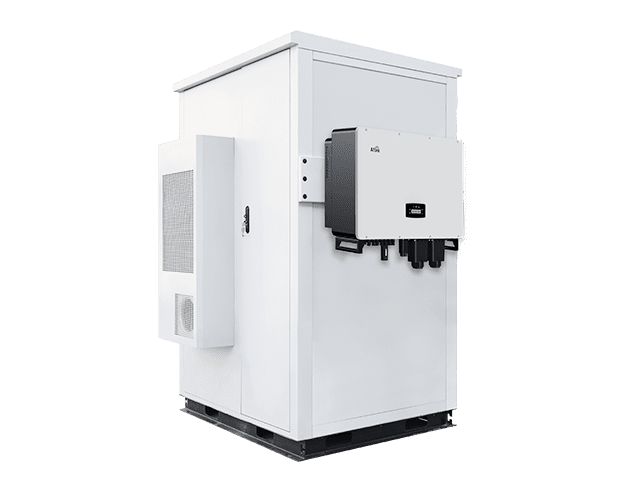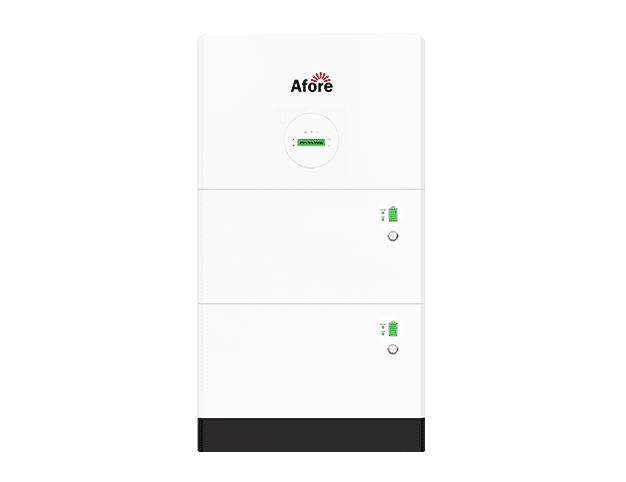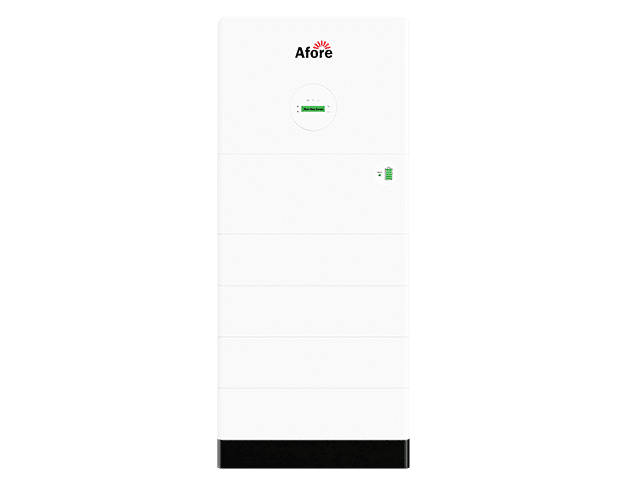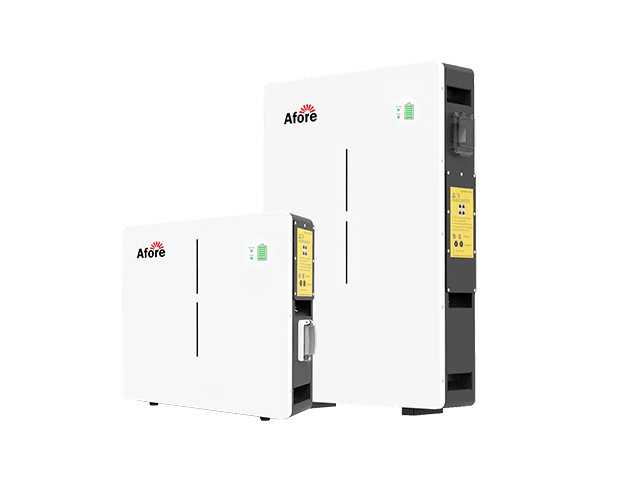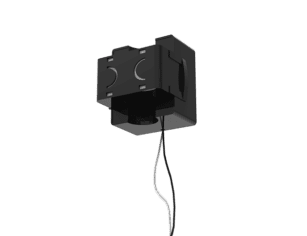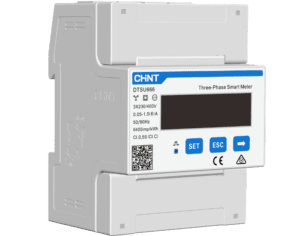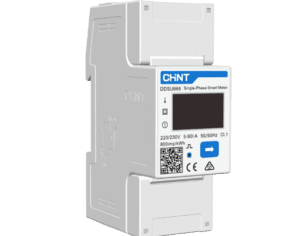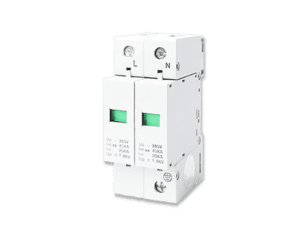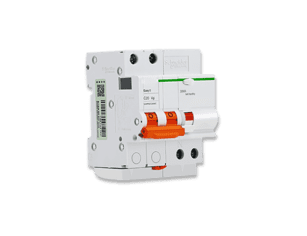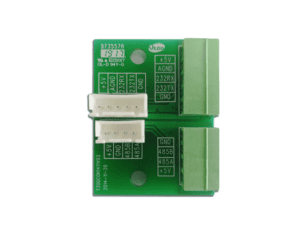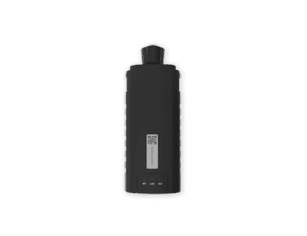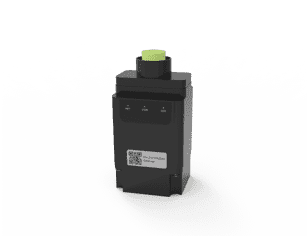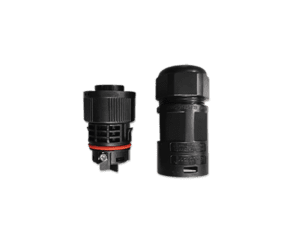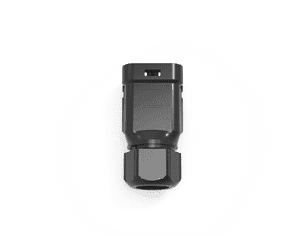2000 Watt Power Inverter: Applications, Battery Requirements, and Usage Guide
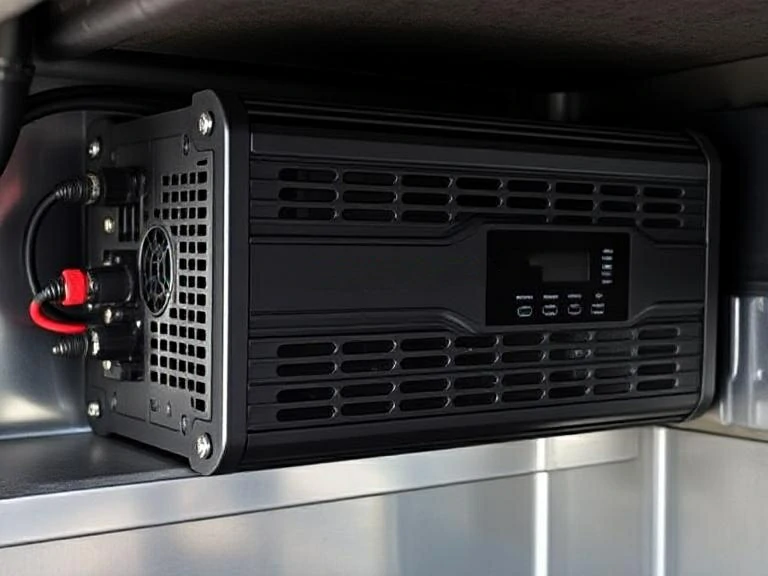
Table des matières
Maybe you’ve been searching for a long time for that reliable power source that brings a sense of security. After all, who doesn’t want to make sure that the appliances in your home, the tools you can’t live without in a pinch, or the equipment in your motorhome (RV) is stable at all times? You’ve likely come across the concept of a 2000 watt power inverter when you’ve had an unexpected power outage or were traveling off-grid. In recent years, this handy device has garnered a lot of attention for its versatility and powerful performance. But what exactly is a 2000 watt power inverter? Or perhaps more aptly, what can a 2000 watt power inverter do? In this article, we’ll answer these questions and explore the capabilities of this powerful device.
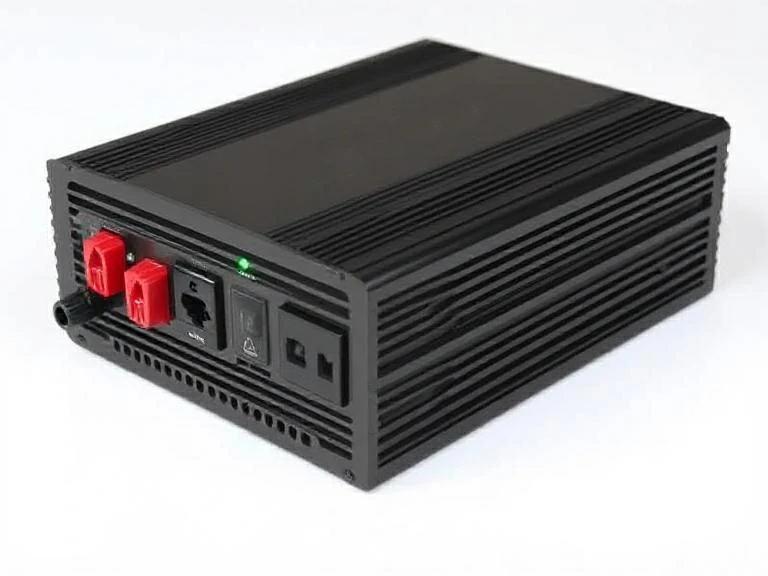
Understanding the 2000W Power Inverter
What is a 2000W Power Inverter?
A 2000 watt power inverter is an electronic device that converts DC (direct current) electricity—typically from a battery—into AC (alternating current) electricity, which is what most household appliances use. In simple terms, it allows you to power your TV, microwave, or power tools from your car battery or solar setup.
The 2000 watt rating refers to the maximum continuous power the inverter can provide. It doesn’t mean the inverter is constantly outputting 2000 watts, but rather, it can handle up to that amount without breaking a sweat.
Definition and Basic Functionality
Simply put, a power inverter boosts low-voltage DC power from your batteries to 120V or 240V AC (depending on your location). This means that even if you’re not connected to the grid, you can plug in your frequently used appliances and use them as usual.
The ‘2000W’ rating here is like the inverter’s superpower limit – it tells you the maximum power output it can manage. But here’s the catch – this is its peak capacity, sort of like its ‘burst of energy’. For regular, everyday use, it’s best to keep things below this limit to prevent it from getting too hot and to make sure it lasts a really long time. Think of it as giving your inverter a bit of a break now and then!
Why Choose a 2000W Inverter?
Choosing a 2000 watt power inverter is more than just a numbers game; it’s about finding the perfect balance between power and utility for a variety of applications. Be honest: not everyone needs (or can afford) a large industrial-grade inverter to power their entire home. But not enough power can leave you stranded when you need to power critical equipment. That’s where the 2000 watt power inverter comes in.
First and foremost, versatility is synonymous with it. Whether you’re preparing for a power outage, planning a camping trip, or outfitting an RV, this 2000 watt power inverter has you covered. Need to keep your refrigerator cold during a power outage? No problem. Want to run a small air conditioner or power tools at the job site? It’s got you covered there, too.
Secondly, portability and affordability make them a popular choice. Unlike those heavier, more expensive units, the 2000W inverter is usually compact enough to fit in a trunk or cabinet without taking up too much space. It also comes with a lower price tag as compared to the higher power models. Which makes it an affordable option.
Another advantage? Efficiency. Most modern 2000W inverters, especially those utilizing pure sine wave technology, provide clean, stable power that is gentle on sensitive electronic equipment. And this means you don’t need to be worried about damage to your equipment or erratic performance.
Finally, it gives you peace of mind. The 2000 watt power inverter offers reliable backup power in the event of a grid outage if you’re a full-time RVer. It also offers the same reliable power when you’re on a weekend vacation.
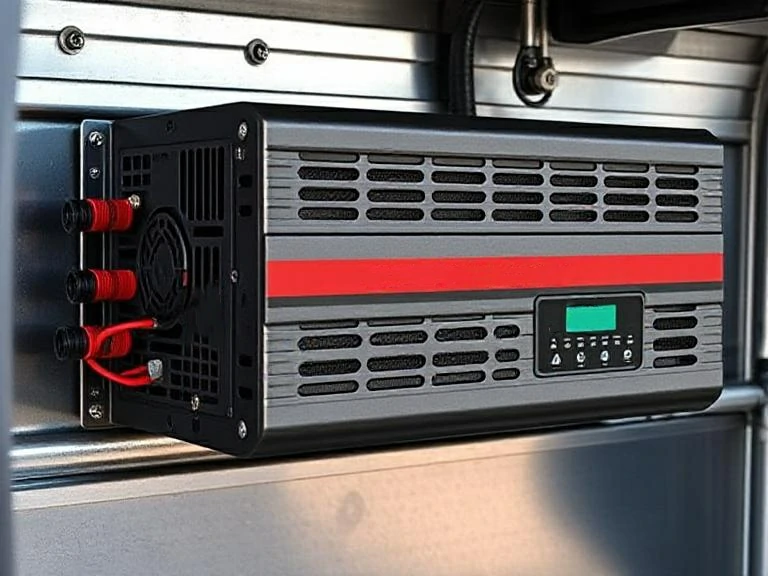
What Can a 2000 Watt Inverter Run?
The 2000 watt power inverter acts like a giant with a lot of hidden power. To get the most out of it, you have to figure out where the bottom line is in terms of sustained power and instantaneous maximum power. Let’s analyze how well this inverter copes in different scenarios, from everyday home use to outdoor adventures.
Appareils ménagers
In an emergency, a 2000 watt power inverter can sustain the necessities of your home during a power outage. Example:
- TVs and Entertainment Systems: Most of the flat-screen TVs available today generally consume between 50 and 400 watts of power, which depends on its size and the technology used. Pair it with a streaming stick or gaming console (another 50W–150W), and you’ve got a mini home theater running smoothly.
- Refrigerators and Freezers: Small to mid-sized fridges typically draw 500W–800W during normal operation, but they require a surge of up to 1500W to start up. A 2000W inverter can handle this surge, though running larger fridges might push its limits.
- Air Conditioners: Portable air conditioners are much more powerful – many require 1000W to 1500W of continuous power, with surges approaching 2000W at startup. Although a 2000 watt power inverter can drive a small air conditioner, it’s safer to choose a lower-power model to avoid overloads.
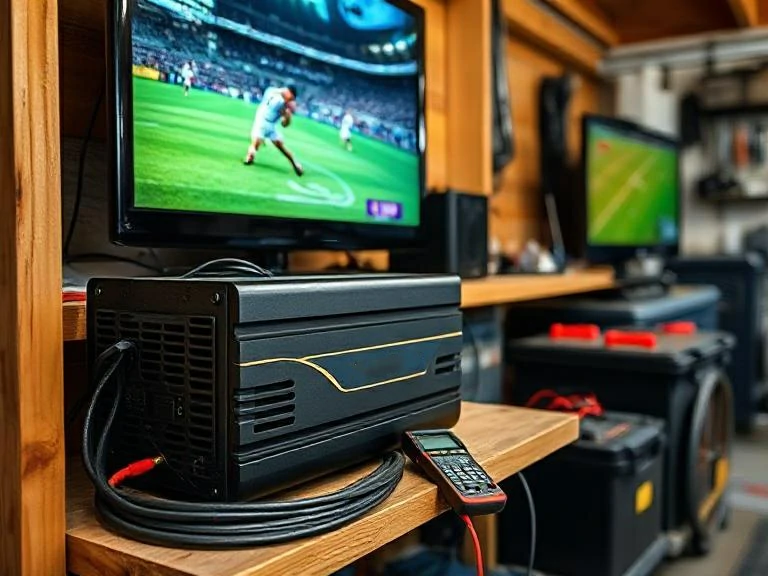
Power Tools & Equipment
Saws, Drills, and Construction Tools
The 2000 watt power inverter is the perfect choice for you. It can run:
- Circular saws (1200-1800W)
- Power drills (600-800W)
- Sanders (300-600W)
Always check the tool’s nameplate for wattage. Starting currents for motors can be two to three times their running wattage.
Sump Pumps and Emergency Devices
Sump pumps are often needed during storms or floods and are usually between 800 and 1500 watts. A 2000 watt power inverter is enough to keep a basement dry and safe. Other emergency tools, such as battery chargers, LED lights, or medical equipment (e.g., oxygen concentrators), also fall into this power range.
Outdoor & RV Applications
If you love the RV life or go camping regularly, then you definitely know that a reliable power supply is simply too important. That’s where the 2000 watt power inverter comes in.
Camping Gear
Items like CPAP machines (30-60W), portable fridges (50-100W), and electric kettles (600-1000W) are available with 2000 watt power inverters. By having this inverter, you can enjoy nature with no need to sacrifice comfort.
RV Appliances
In your RV, a 2000 watt power inverter can handle it:
- Microwaves (800-1200W)
- Coffee makers (600-1000W)
- Small air conditioners (500-1500W depending on BTU)
These power needs fluctuate, so it’s wise to power one heavy appliance at a time.
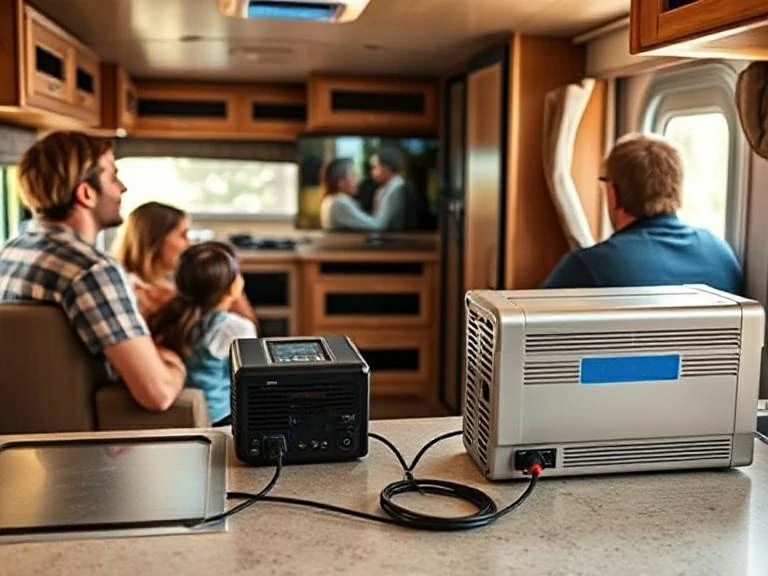
Choosing the Right Settings for Your 2000 Watt Power Inverter
Choosing the ideal configuration for your 2000 watt power inverter is not a matter of plugging in and taking it easy. Its more like weaving a concerto between power and efficiency, stability and reliability. Now, we will find out the keys to make your system work smoothly.
Battery Requirements
To get the most out of your 2000 watt power inverter, you’ll need to pair it with the right batteries. Here’s what you need to consider:
How Many Batteries Do You Need?
2000W inverter demands a battery (or batteries) with enough juice to handle both continuous and surge loads. A typical 12V inverter with 2000 watt power inverter requires approximately 167 amps per hour. If you are using a high-power appliance such as a microwave or air conditioner, you may need to connect multiple batteries in parallel to boost capacity.
Battery Types
The lead-acid battery is an old mainstay in the energy sector – reliable, robust, and easy to find – but they come with their own set of drawbacks. They’re heavy, and they need regular check-ins to keep them running smoothly. Lithium-ion batteries, in contrast, are like the sleek, high-performance athletes of the bunch. They charge up in a flash, stay in the game twice as long, and barely weigh you down. Of course, they come with a steeper price tag, but if you’re counting on frequent use or need something that won’t hold you back on the go, they often prove their worth.
Inverter Types
Not all inverters are created equal, each has its own characteristics and the inverter you choose can make a real difference to how well your system runs:
The pure sine wave inverter, like a polite gentleman, delivers a smooth and delicate current that is almost identical to the power supplied by the grid. It is very good at taking care of those delicate electronic devices. Laptops, medical instruments and variable speed power tools, for example, not only operate more efficiently, but also effectively avoid electrical damage.
Modified sine wave inverters, on the other hand, are like old fellows with a bit of a rough temperament, and although they are affordable and can cope with everyday equipment such as lamps, fans and heaters, they tend to hum when faced with audio equipment, and encounter a discount in motor efficiency, which may even damage some equipment over time.
If you are using 2000W equipment, it is wise to choose a pure sine wave inverter. It will better serve the needs of your equipment and give you greater peace of mind.
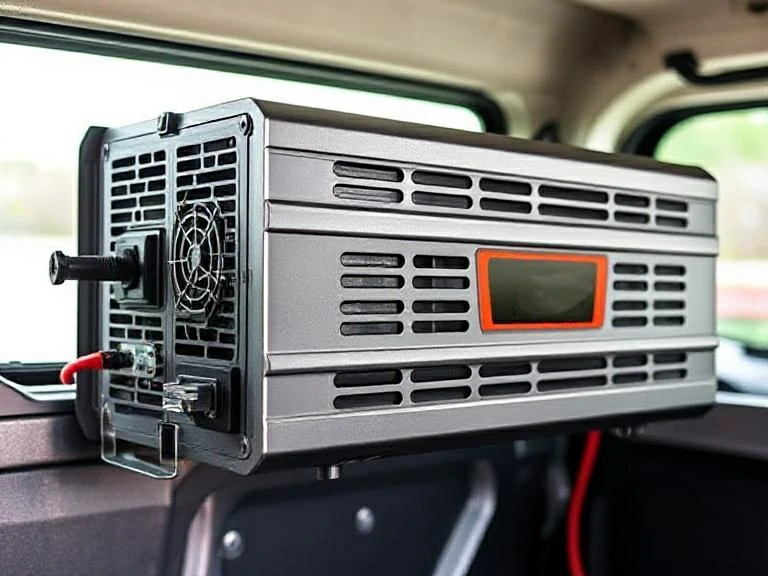
Key Features to Prioritize
Apart from the battery and inverter type, look for the following features to enhance your setup:
- Efficiency Rating: Look for inverters with 85%-95% efficiency that will minimize heat loss and maximize battery life.
- Surge Capacity: Ensure the inverter can handle startup surges (often 2–3x the running wattage) to avoid tripping protections.
- Ports and Connectivity: Multiple AC power outlets, USB ports, and even a DC power port for solar charging further enhance versatility. Some models have built-in GFCI outlets for outdoor safety.
- Cooling and Ventilation: Overheating will shorten the service life. Select an inverter with a fan or heat sink and make sure there is good ventilation in the installation space.
- Low Battery Alarm: Alerts you before the battery dies.
- Remote Control: Great for RVs or hidden installations.
Recommended Brand: Afore
Among the many inverter brands, Avant goes forward like a highly experienced professional – confident, reliable and well-prepared. Due to their powerful sense of innovation and genuine commitment to customer satisfaction, Afore is known for creating exceptional inverters. Afore’s inverters not only work well with solar systems, but also provide pure sine wave power – exactly what sensitive electronic equipment craves.
Don’t worry if you run into problems, Afore doesn’t hide. They have a super responsive and exceptionally enthusiastic support team ready to help you. If you’re on the hunt for an inverter brand you can count on, Afore makes a strong and trustworthy companion.
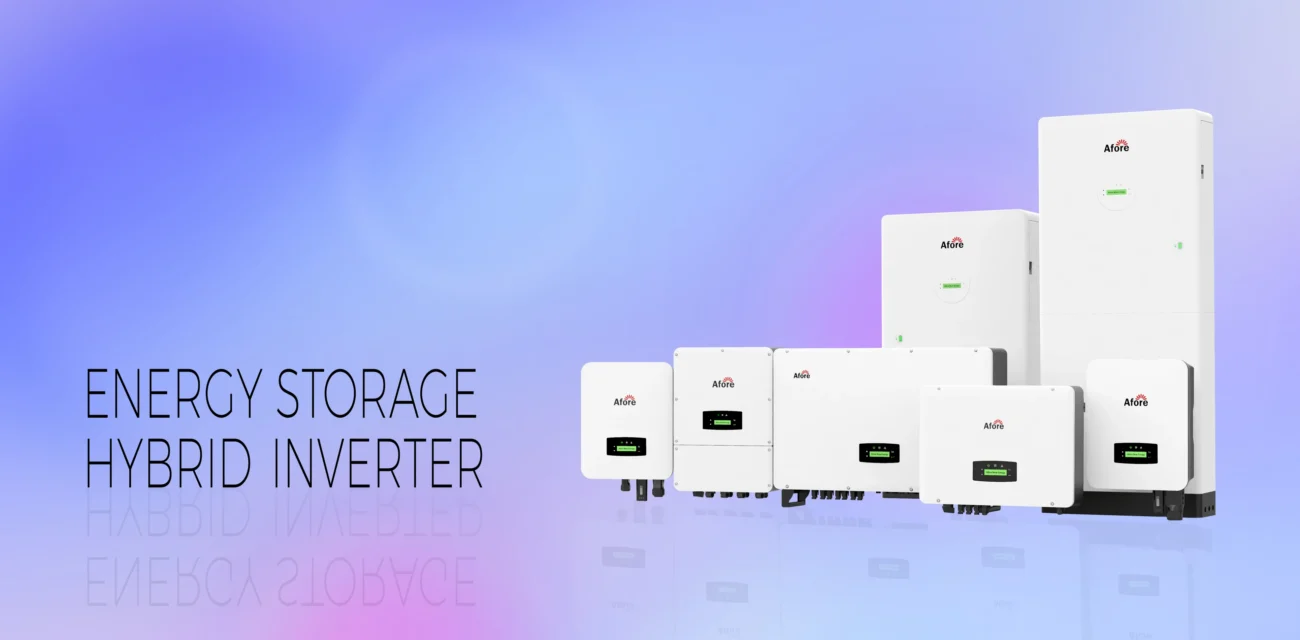
Safety & Installation
Safety is critical when working with electrical equipment, especially inverters. Consider it a respectable and powerful partner. Be sure to follow the guidelines and instructions that come with it in order to ensure stable and safe operation of your equipment. These are not just instructions on paper, but the inverter’s way of telling you how it needs to be treated. Always keep the following points in mind when installing and using the unit:
- Connecting to a Deep-Cycle Battery: Be sure to attach the inverter to a deep cycle battery which is designed for continuous discharge, not a starter battery.
- Proper Wiring: Use the appropriate wire size and type for your application to prevent overheating and potential fires.
- Ventilation: Maintain the inverter well ventilated to prevent overheating. Avoid placing it in small, enclosed spaces.
- Grounding: Always ground the inverter to protect against electric shock.
- Testing: Before relying on your setup, test it with your intended devices to ensure compatibility and capacity.
Conclusion
A 2000 watt power inverter is more than just a cold piece of equipment. It’s more like an intimate guardian of your home, silently standing in the corner, ready to step forward at critical moments. When faced with a sudden power outage or the pursuit of off-grid living, it is like a calm and reliable friend, bringing you peace of mind and convenience. Whether you love camping, with nature as the companion of the explorer, or driving a caravan, the traveler, or home disaster preparedness, for the family’s rainy day master, it can calmly cope with, quietly for your life escort, so that those indispensable appliances continue to beat, continue to run.
All in all, the 2000 watt power inverter is a really superb helper that allows you to control the energy as you wish. Whether you want to upgrade the fun of camping, make your RV as comfortable as your home, or prevent sudden power outages, this inverter will give you enough dependability and flexibility.
FAQ
What can a 2000 watt power inverter run?
Refrigerators, microwaves, TVs, small AC units, power tools, and various RV or camping appliances.
How long will a 2000 watt power inverter run on a battery?
Depends on the battery capacity. A 12V 100Ah battery could run a 2000W inverter at full load for about 30 minutes.
Is a pure sine wave inverter worth the extra cost?
Yes, especially if you’re powering sensitive electronics.
Can I run my entire house with a power inverter 2000 watt?
Only partially—focus on essential appliances. Whole-house setups need larger systems.
How many batteries do I need for a power inverter 2000 watt?
At least two 12V batteries in parallel are recommended for sustained use.
Can a 2000W Inverter Run a Refrigerator?
Yes, a 2000 watt power inverter will power most small to medium sized refrigerators. But be sure to check the power requirements of the refrigerator to be sure the inverter can withstand the surge voltage at startup.
What Appliances Exceed 2000W Limits?
Large appliances like electric water heaters, central air conditioning units, and some industrial equipment typically exceed 2000W. These appliances require more powerful inverters or a different power solution altogether.




